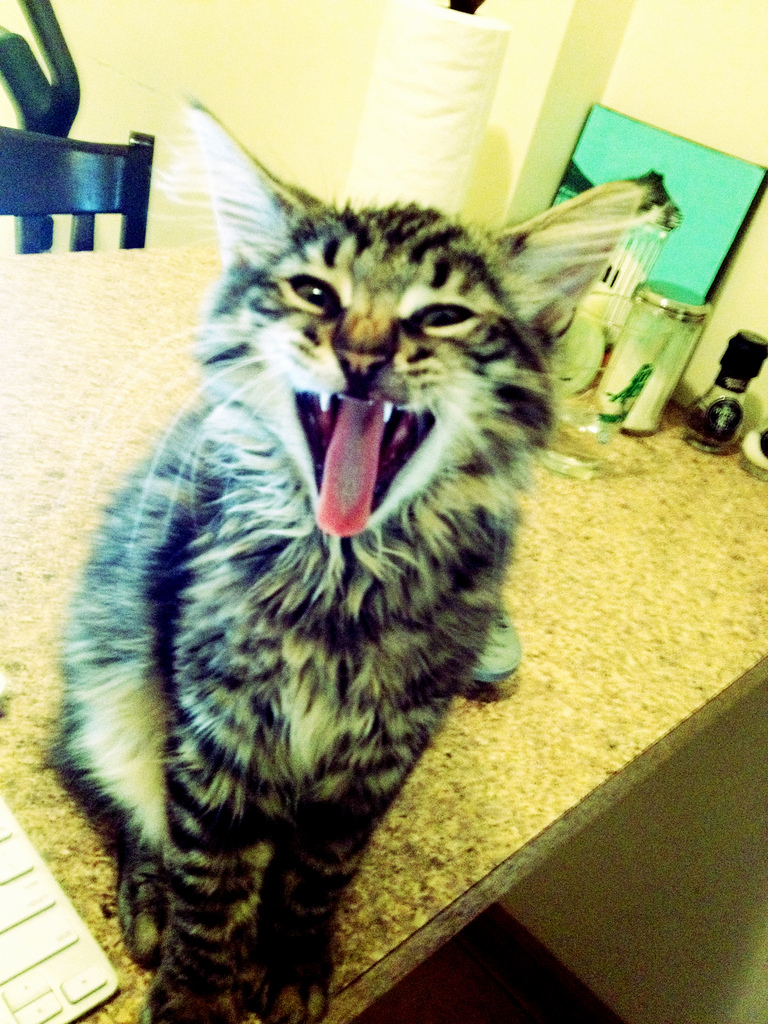Feral & Stray Cats - An Overview
 Feral (unsocialized) cats are offspring of domestic cats and are primarily the result of pet owners abandoning or failing to spay their cats. They are not adoptable because they can rarely be socialized. They are most content living outside; and if not spayed or neutered, they multiply rapidly.
Feral (unsocialized) cats are offspring of domestic cats and are primarily the result of pet owners abandoning or failing to spay their cats. They are not adoptable because they can rarely be socialized. They are most content living outside; and if not spayed or neutered, they multiply rapidly.
Stray cats are friendly, socialized cats that have been displaced from their home, either lost or purposely abandoned when their owners move or no longer want them. It is assumed by some that these cats will return to their natural instincts and survive. This is most definitely not the case. These cats are terrified, unable to fend for themselves for any length of time, and suffer considerably. Their lives are a grim struggle to survive in back alleys or woods on whatever scraps of food they can find. The vast majority die within a few weeks to a few short months from starvation, abuse, accidents or violently as food for a predator. Since most are not spayed or neutered, they begin to rapidly start reproducing soon after they have been displaced.
How can you tell the difference between a stray and feral cat? A stray cat may approach you. He may be quite friendly or may be even skittish and avoid contact. After several days of feeding, he will generally become more sociable. He will often eat ravenously, will likely look disheveled and meow in distress. He will rarely turn away from food that is offered to him. On the other hand, a feral cat will never allow a human to touch him and is often seen hiding under a shed or porch or scooting away when someone approaches him. He tends to be silent and not seen very often during the day unless extremely hungry. He may appear well groomed. He often lives in a “colony” of other feral cats that has taken up residence near a food source.
TNR (Trap/Neuter/Return): Trap Neuter Return (TNR) is a method already proven effective at controlling the cats’ population in many communities. TNR involves three steps:
- trapping cats,
- veterinary intervention in the form of neutering, ear tipping and rabies vaccination and
- return of the cats to their home territory where they are then fed, sheltered and monitored on an ongoing basis by a designated caregiver. Whenever possible, kittens and friendly, adoptable adults are removed from the colony and offered for placement in homes.

